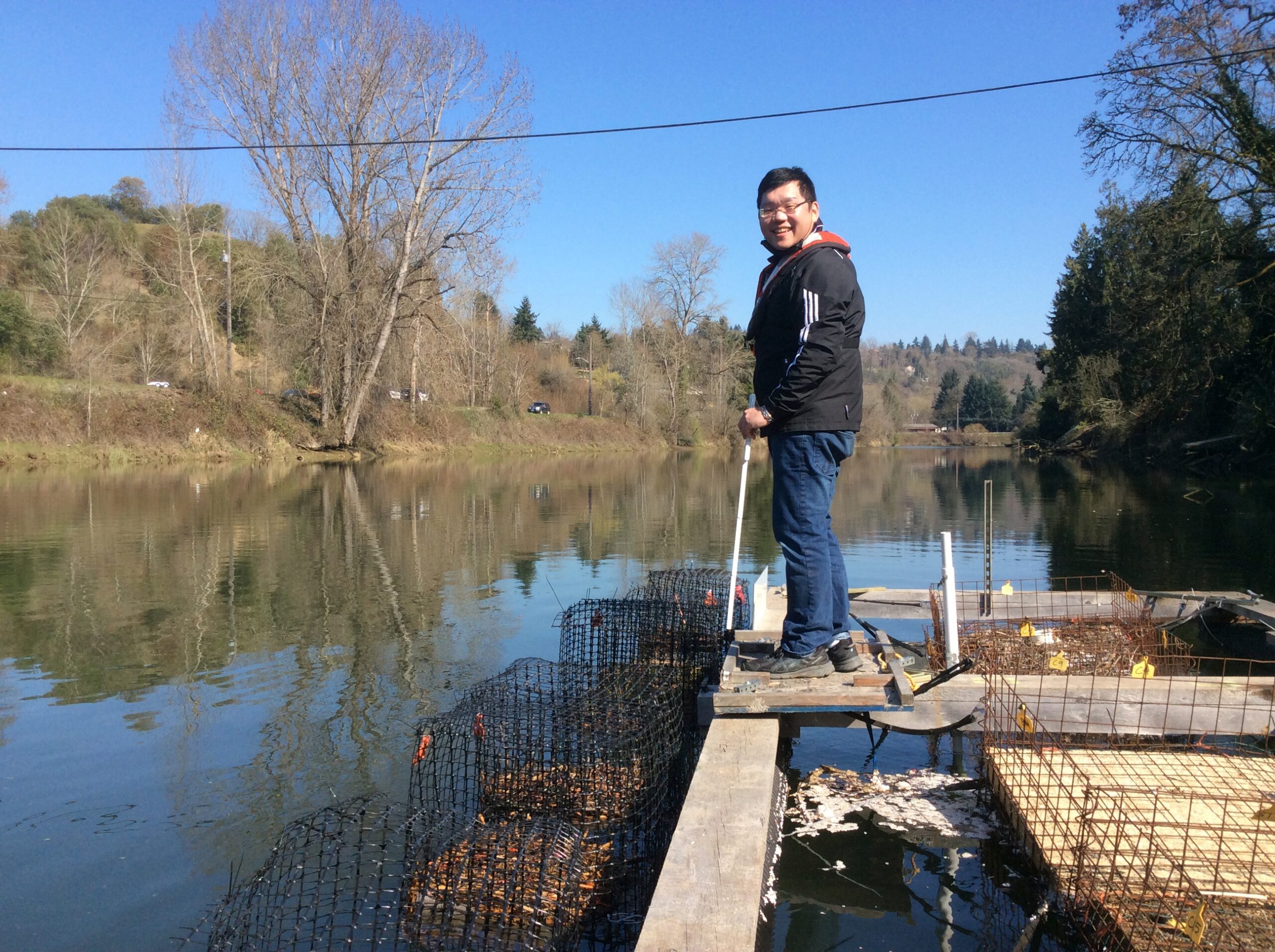Above featured image of Duwamish River in Seattle from mid-1800s (left picture) to current (right picture). Credit: Burke Museum – Waterlines Project
Excerpt from: Something Afloat in the Duwamish River: A look at Floating Wetlands in an Urban Estuary.
Once a meandering waterway that drained over million acres of watershed and five major rivers, the Duwamish watershed supported productive and diverse ecosystems and abundant salmon, plants, and other wildlife. The Duwamish Tribe – the host tribe of Seattle and King County – had one of their largest villages along the banks of the lower river, coexisting with the river ecosystem until the village was burned by settlers in 1895. Non-Native settlers violently displaced members of the Duwamish Tribe and other Coast Salish peoples, many of whom relocated to reservations throughout the region. Logging, straightening, large-scale watershed engineering projects conducted by the Army Corps, and other hallmarks of development heavily impacted the watershed and reduced salmon habitat in the Duwamish by over 97 percent by the early 1900s. The city subsequently filled the tidelands to enable industrial use of the area.
In 2001, the EPA listed over five miles of the lower river as a Superfund cleanup site due to legacy sediment contamination from industrial pollution. King County, Boeing, the City of Seattle, and the Port of Seattle have been named responsible parties, and other industries will likely be found responsible for the cleanup. Advocacy efforts led by tribal and non-tribal communities have helped drive initial cleanup and restoration, and the city has implemented programs to control pollution. However, there are still occasional outfalls of untreated stormwater going into the river, along with environmental concerns.
